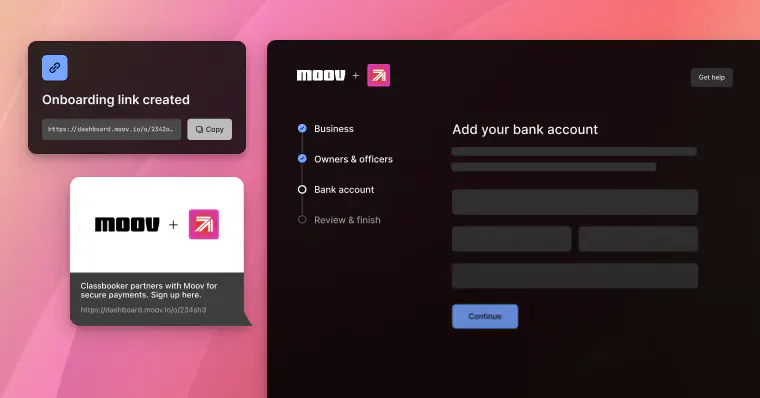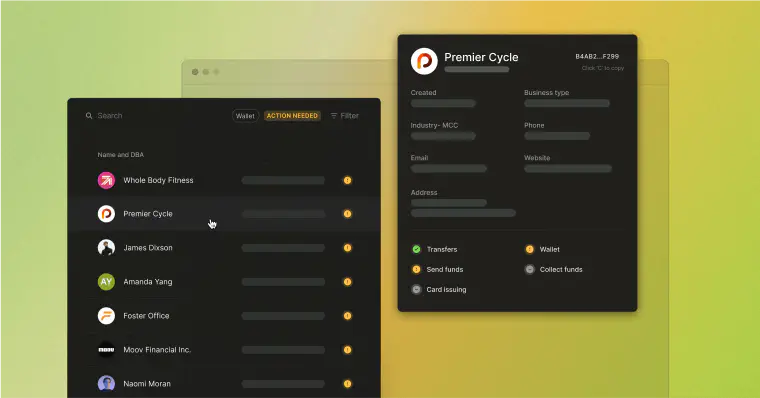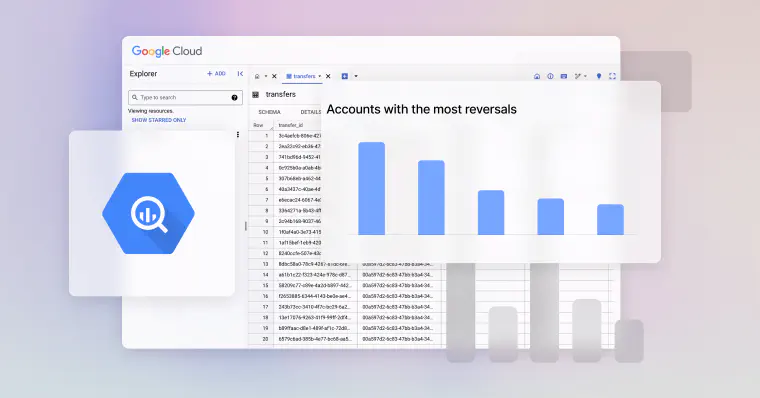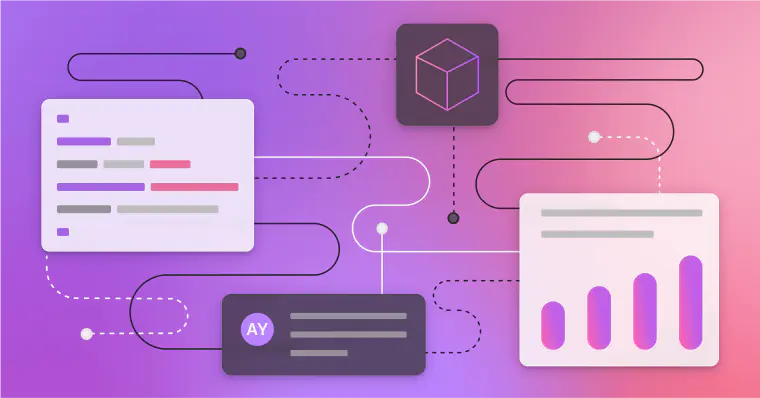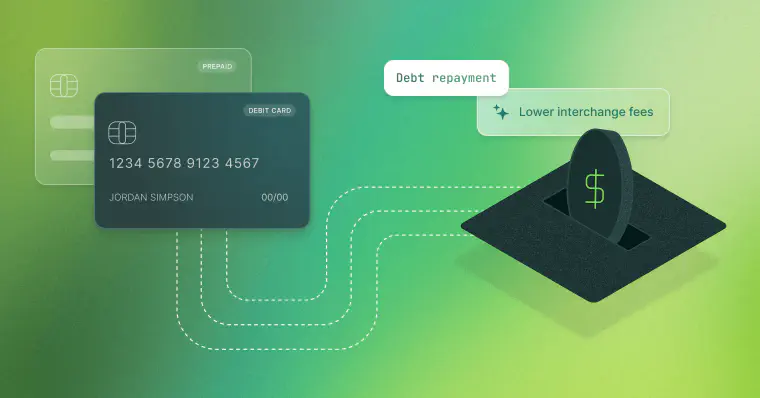Instant micro-deposit verification

Instant micro-deposit verification
Instant micro-deposit verification introduces a faster and easier way to verify bank account ownership. This feature enables instant account verification for RTP-enabled bank accounts, allowing users to complete the process in seconds — an improvement over the traditional, multi-day, micro-deposit method. For accounts not yet RTP-enabled, the code is sent via same-day ACH.
Use instant micro-deposit verification to:
- Instantly verify accounts for RTP-enabled banks in a single session
- Ensure broad compatibility with automatic fallback to same-day ACH for other institutions
- Meet Nacha account validation requirements
- Enhance user experience with a quick, easy verification process
How it works:
- Moov sends a $0.01 credit to the user's bank account
- This credit contains a unique verification code
- Users retrieve and enter the code to verify their account instantly (for RTP) or later that day (for same-day ACH)
See our documentation for more information.
Cards API response updates
New fields, commercial and regulated, will now be included in successful responses for the link a card, update a card, retrieve a card, and list cards endpoints. Both of these fields provide additional details for a card:
commercialindicates whether the card is for commercial or personal useregulatedindicates whether the card's issuing bank is subject to capped debit interchange rates under the Durbin Amendment. This is determined by the asset size of the issuing bank. A value oftruemeans the issuing bank’s asset size qualifies for the cap on interchange fees.
